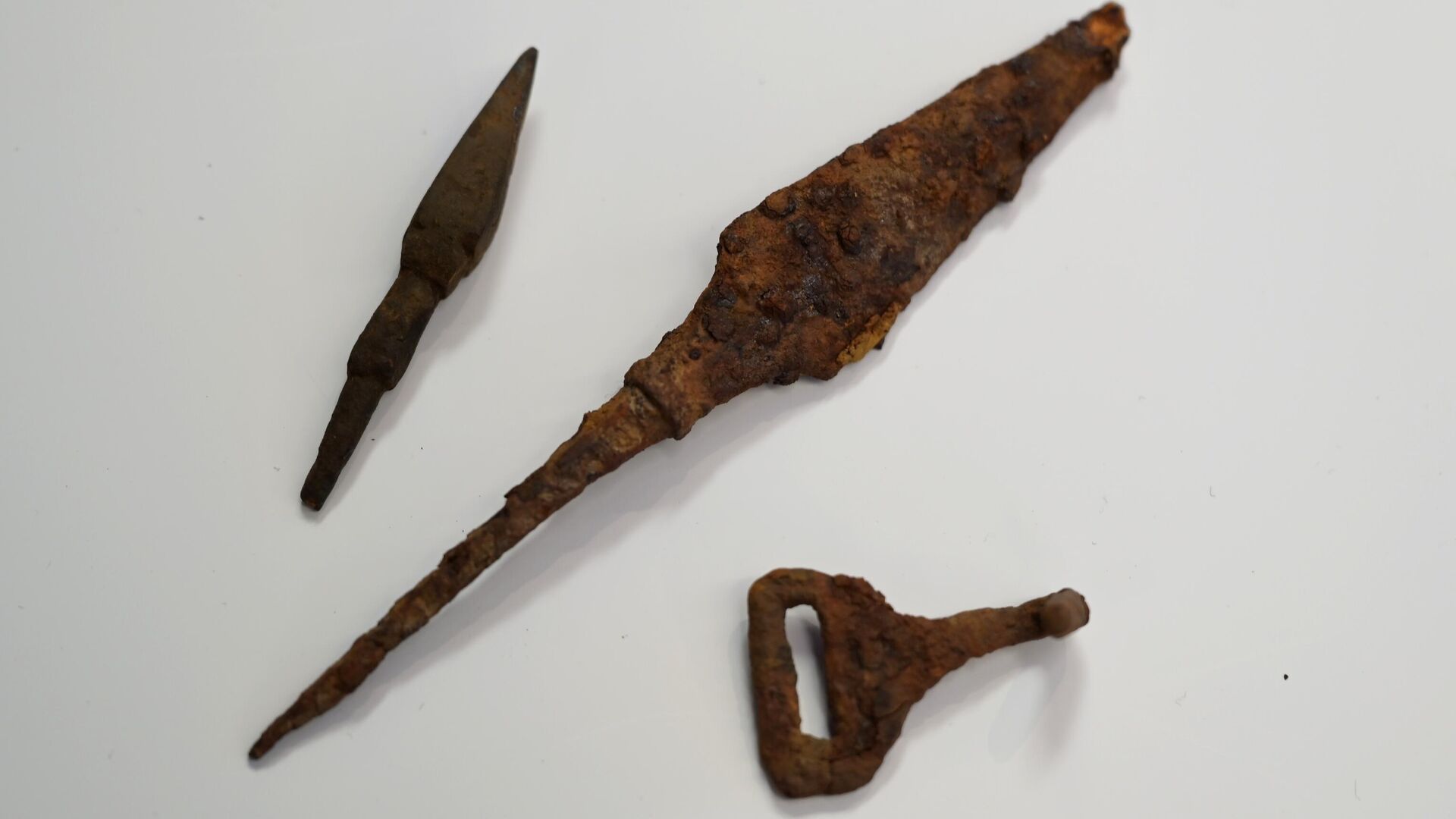
MOSCOW, July 4. Three years ago, in the Oryol region, a scientific study began of the site of the Battle of Judgment in 1555, in which Russian soldiers repulsed the army of the Crimean Khan Devlet-Girey. Since then, archaeologists have found about four and a half thousand artifacts on the battlefield. What are these finds? How did they change the picture of the battle that historians had based on chronicle sources?
Weapons and armor
Of the total number of finds, three and a half thousand items are directly related to the battle, said a researcher at the Institute of Archeology RAS, Candidate of Historical Sciences Oleg Radyush.
“
“The vast majority of finds are arrowheads. They show that the battle with the use of bows took place almost throughout the entire battle area. In second place are bullets. The 16th century was the era of the firearms revolution; the active use of firearms began not only during sieges, but also in field battles. The bullets are found locally, which means that the gun battle took place in and around the ravine, since it was difficult to run across the field with firearms of that time,” he said.
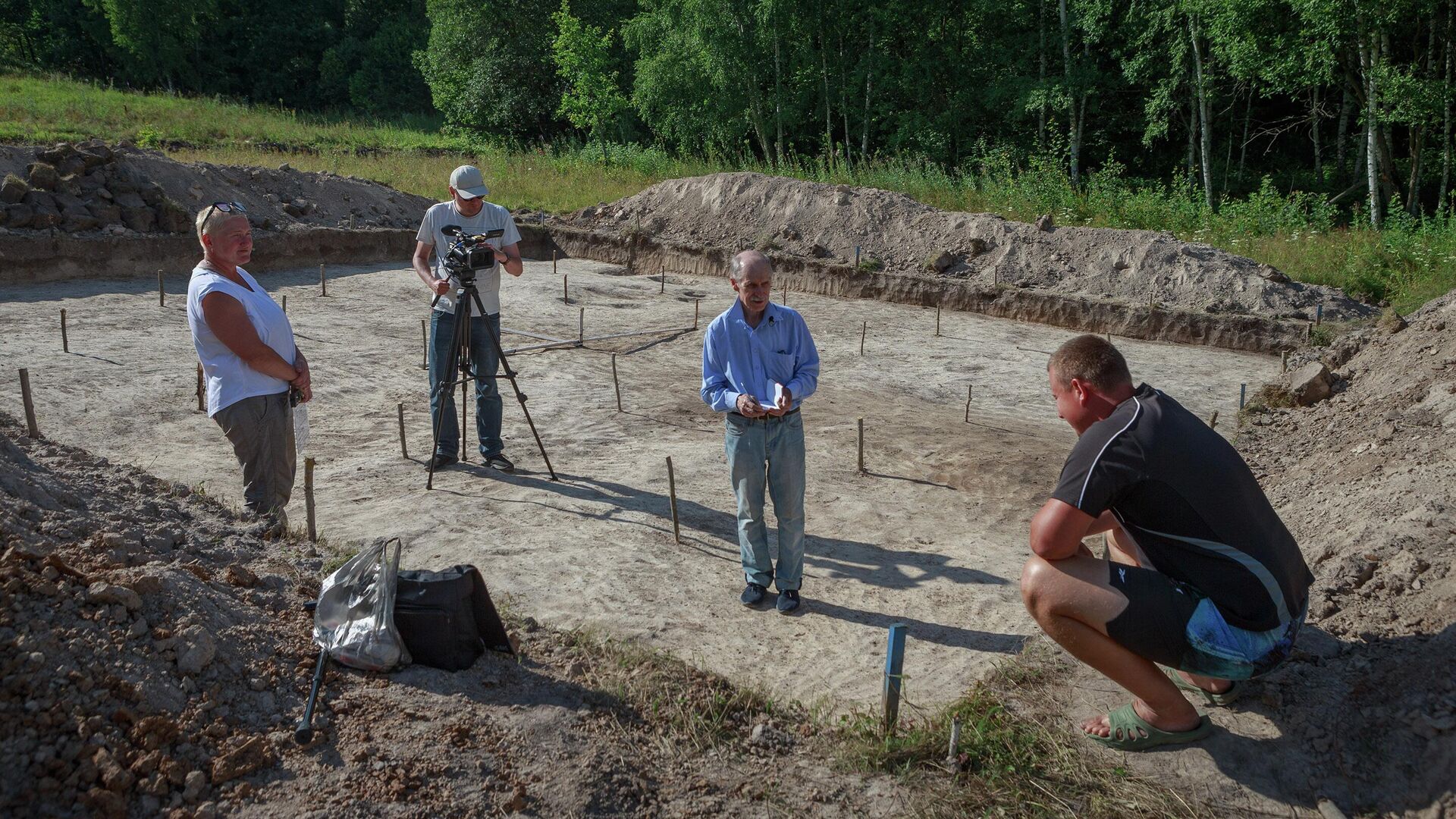
Scientists have discovered many parts of horse equipment — various parts of the bridle and buckles, which were easily lost when the girth straps were torn in battle. A spur was also found, apparently belonging to Russian horsemen. The Tatars, accustomed to nomadism, did not use spurs, but controlled their horses with a whip.
In the places of hand-to-hand combat, fragments of various types of weapons were found, mainly sabers, which were then the main weapon of a wide variety of warriors, including the servants of the Tatar koshevs. Many bronze and iron scabbard parts, saber crosshairs, a spear tip of a large spear, fragments of spear tips, a small dart, a pike tip, a battle axe, five lead balls. According to historians, all these finds confirm that the battle was exactly as it was reported in written sources, cavalry, archery and gunfire.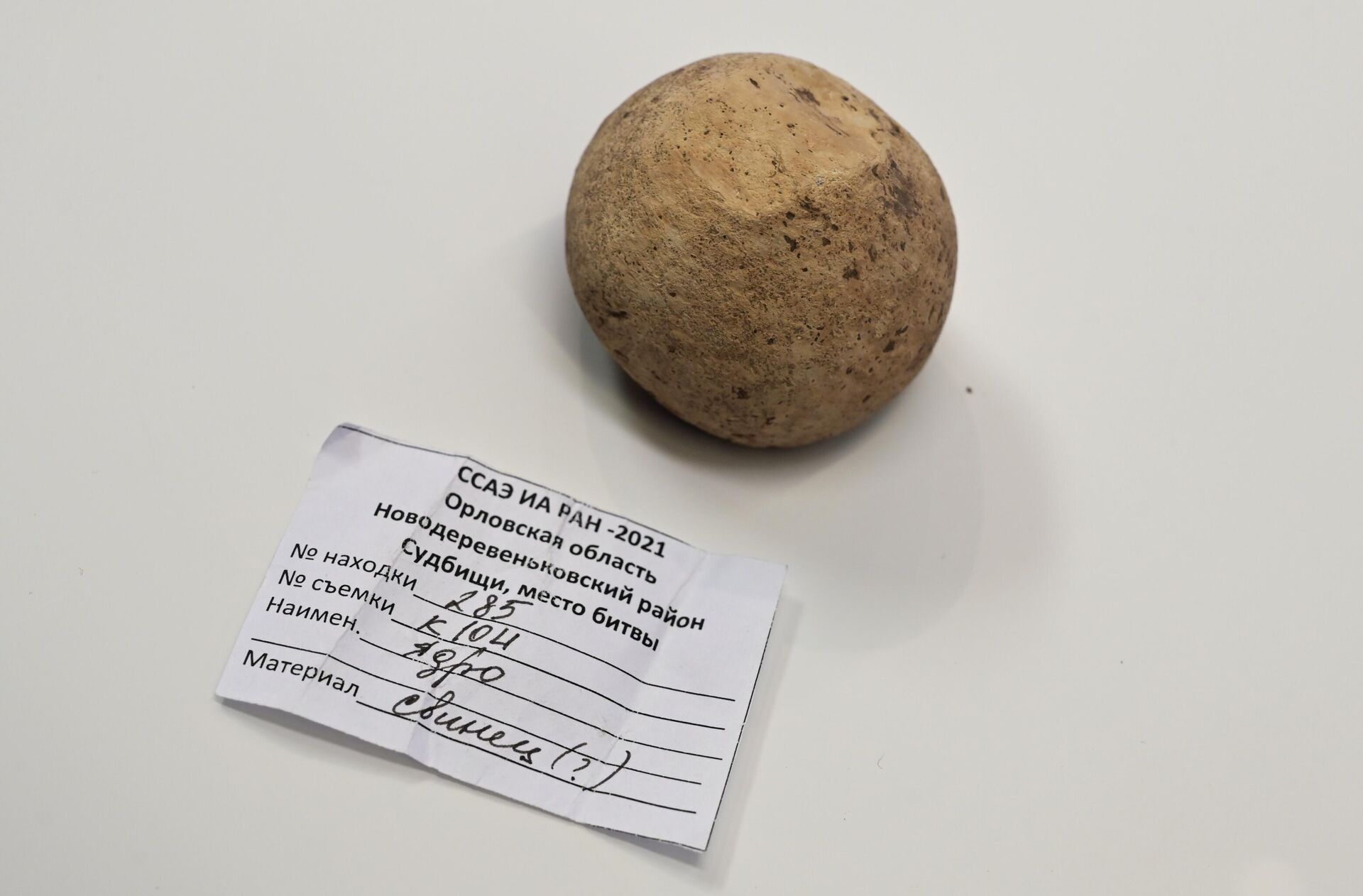
Archaeologists found five lead cores with a diameter of about 50 mm on the Russian side of the beam. In their opinion, the Horde fired at the Russian camp from a high bank. The stone cannonballs common at that time could well have been used in the battle; perhaps they will still be found in the future.
“The most impressive are the “living” traces of the battle — a pectoral cross with a trace of a bullet and plates from armor with traces of blows with a saber, when you hold these objects in your hands and imagine how everything happened, it is very impressive,” noted Oleg Radyush.
Tools and coins
Both the Russian and Tatar armies went on campaign with a full set of tools to cook food, shoe horses, and repair equipment. Indeed, archaeologists have discovered many household items at the site of the Russian military camp. First of all, these are tools — working axes, hammers, punches, locks, parts from chests and from a huge cauldron in which food was cooked.
«
“Quite recently, we found axes and large folding pink salmon scythes near the river, with which, apparently, people from the Russian camp made abatis and cut grass for the horses, which were hidden somewhere nearby. Apparently, when the battle began, they were forced to throw down their tools and quickly flee to their camp. From the analysis of the finds, a very vivid picture emerges,” said Radyush.
Also among the finds from the Russian side are about a dozen pectoral crosses of the 16th century. Two of them are silver with gilding and show the fairly high status of their owners. There are also ordinary bronze crosses, and fragments of encolpions — reliquary crosses, in which a particle of holy relics was placed.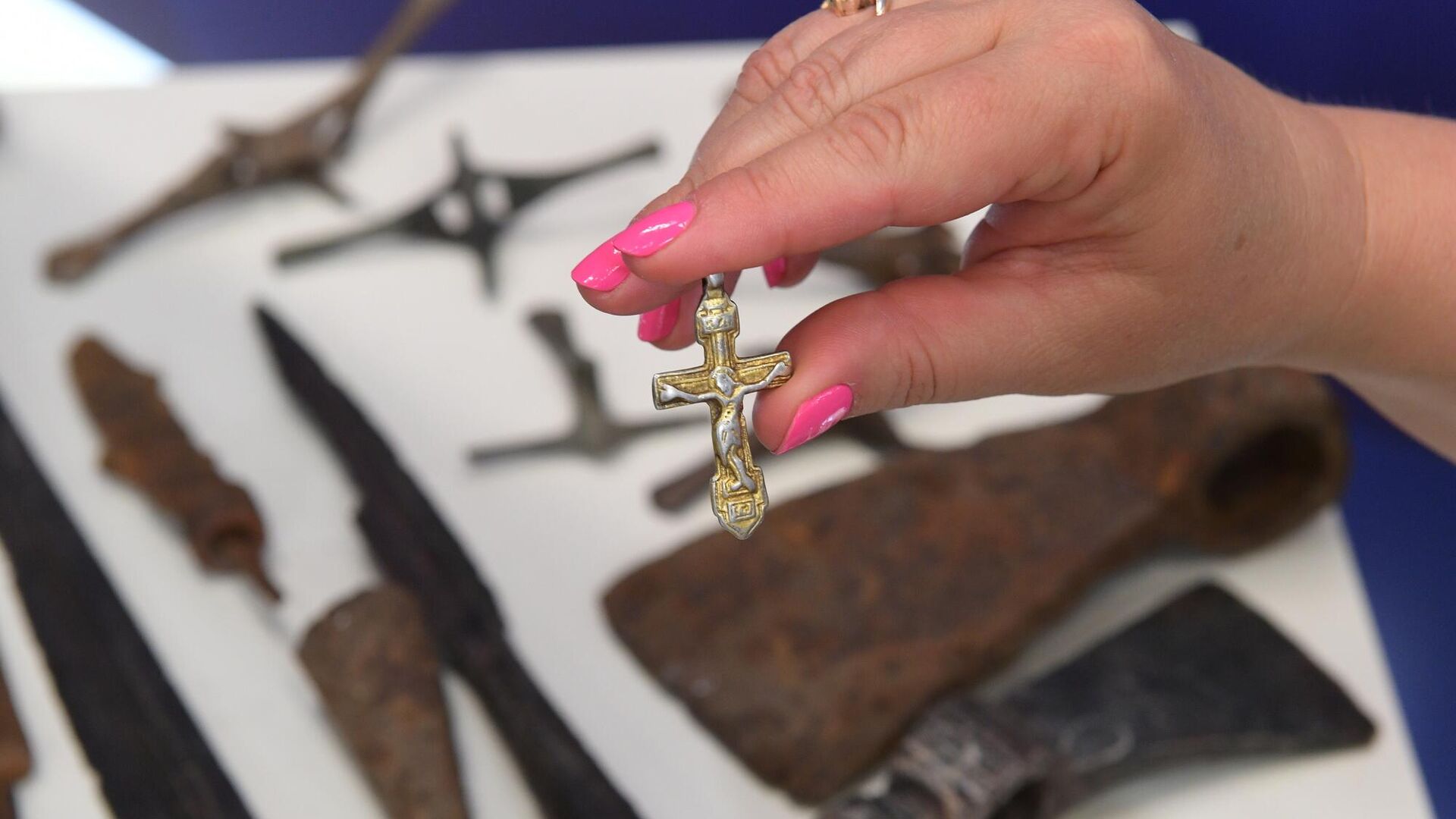
Fewer items of Tatar origin were found. For example, this is a luxurious belt tip with silver and gold foil, which belonged to a wealthy warrior, cord bindings and other small items. There are fragments of plate armor with a pierced base, which was assembled with rivets, fragments of chain mail, various plates, and parts from armor. All this, according to scientists, speaks of the complexity and variety of weapons that were used on the battlefield.
“The last category of finds is coins, there are already over 40 of them. Almost all of them are Russian coins of Tsar Ivan Vasilyevich, minted after 1547 in Novgorod and Pskov. At face value, these are kopecks and money. We even found a small treasure: apparently, The Russian warrior’s wallet, containing 22 coins, fell out as he ran. On the Tatar side, we have a small silver coin, Akche Devlet-Girey, dated 957 AH. This is the fifties of the 16th century,” added the archaeologist.
Meter by meter
To delineate the site of the battle, scientists carefully examined about 9 square kilometers of the field. Finds were found on three of them, indicating the real scale of the battle.
“Today we are inclined to believe that the battle of both the first and second days of the battle took place both on the Muravsky Way and around the Russian camp in the ravine. The first stage of the battle was the capture by the Russian army of the Tatar kosh (camp) with horses. According to written evidence, then 60 thousand racehorses and camels were captured. Previously, we assumed that this happened at a distance of 70 kilometers to the south, in the Liven area. But now we come to the conclusion that the Tatar kosh may have been located near the place where the battle later took place. «, noted Oleg Radyush.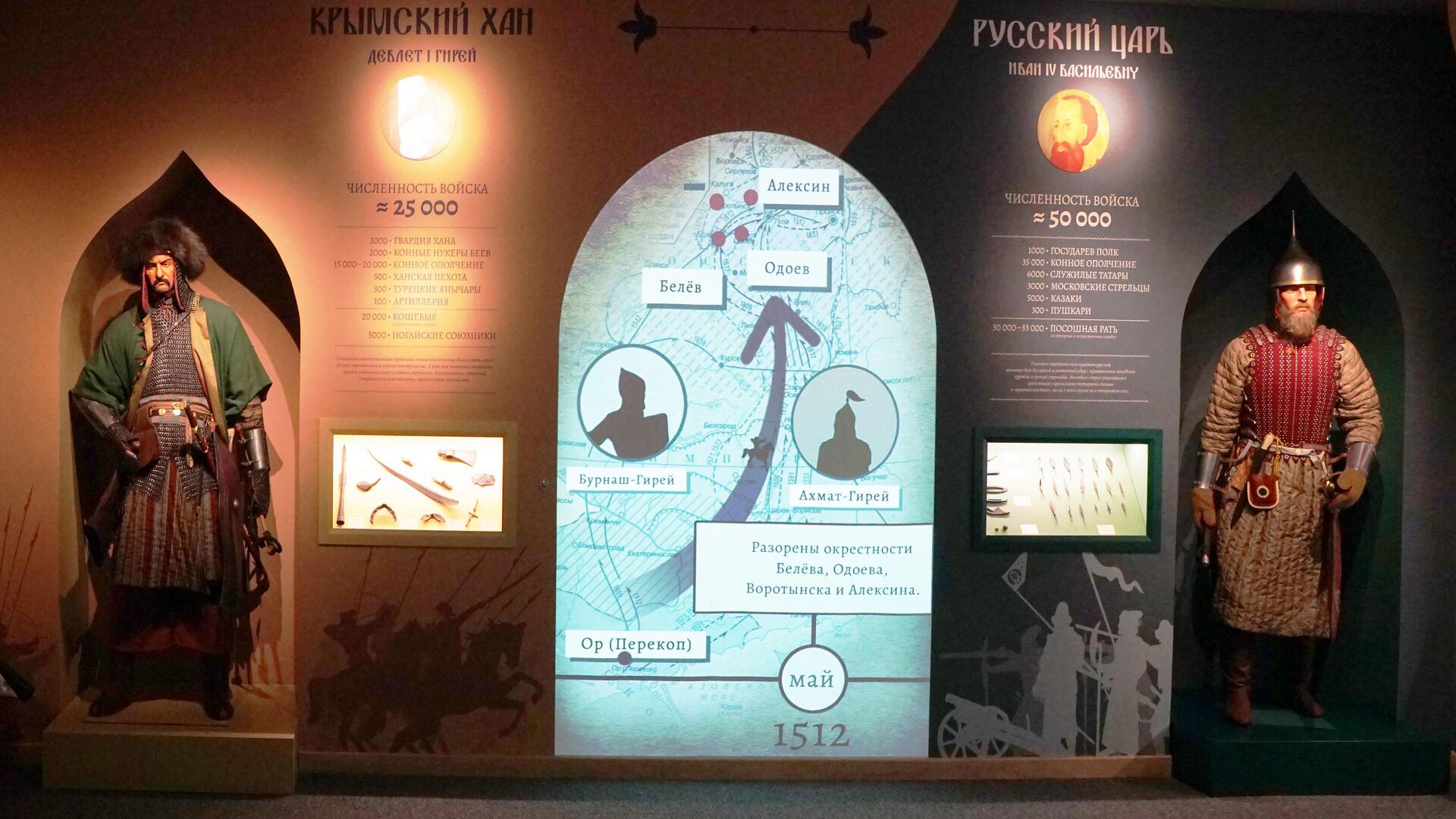
Earlier, in 2021-2022, archaeologists discovered traces of fortification at the site of the Russian camp. Excavations have shown that the embankment is ancient and may have been built in great haste. A shallow ditch was found, the ejecta from which formed a shaft. To organize a small fortress, the defenders could place carts or pile up logs. Research has confirmed this hypothesis.
«It is clear that the Russian army defended itself not only from the fortification, but along the entire bank of the ravine. The Horde tried to storm both directly and from different sides, trying to cross the streams. Hand-to-hand combat the battles took place right on the site near the fortification. We see that the battle was very energetic, and with each new discovery it begins to play with brighter colors for us,” the scientist said.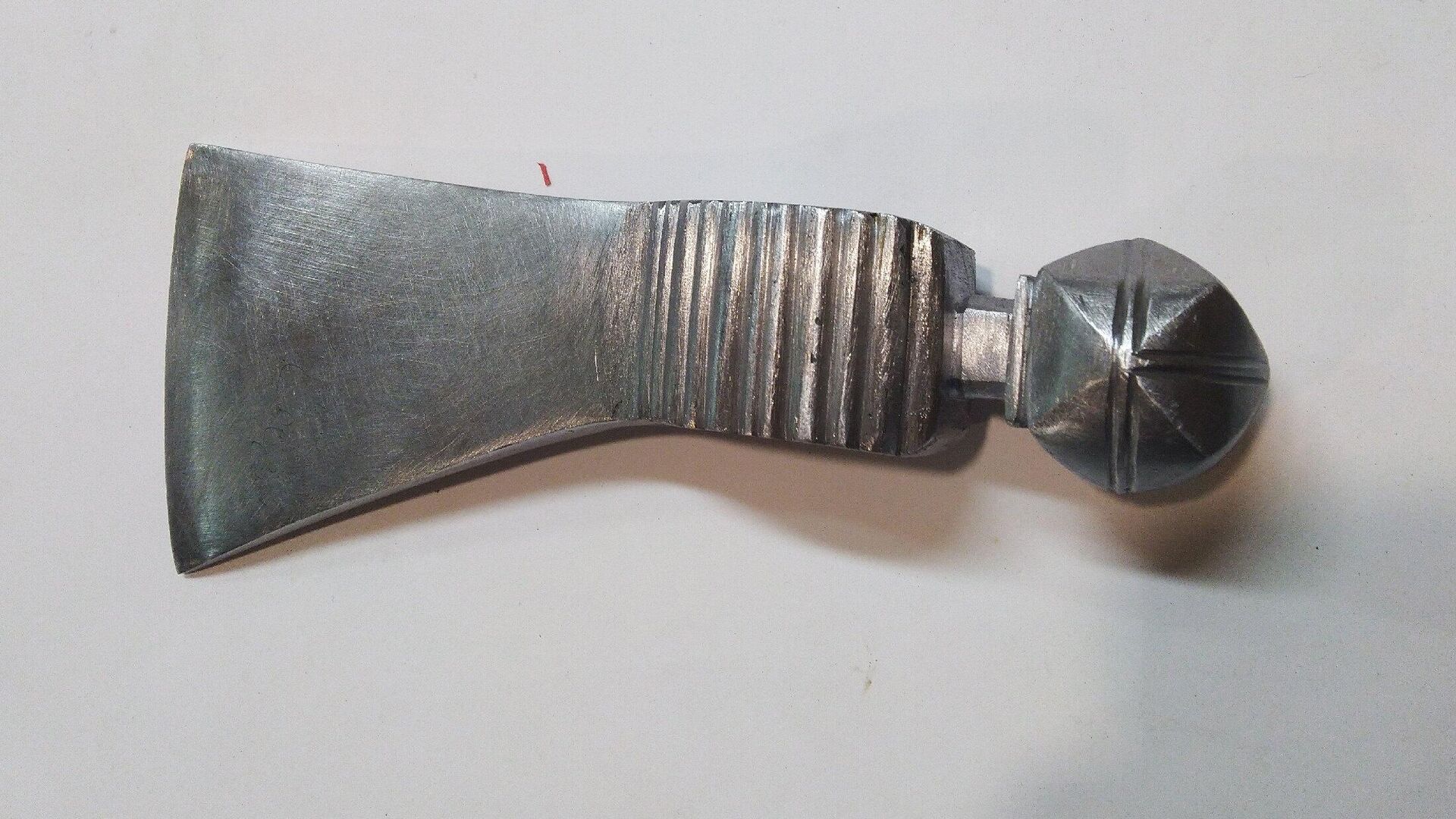
Brest Fortress of the 16th century
The Battle of Destiny was not a decisive battle between the Russian army and the Crimean Horde: it cannot be compared, for example, with the Battle of Molodin in 1572, in which the Tatars suffered significant damage, finally undermining Devlet-Girey’s push to the north. But it was a striking feat, a kind of “Brest Fortress of the 16th century,” historians say.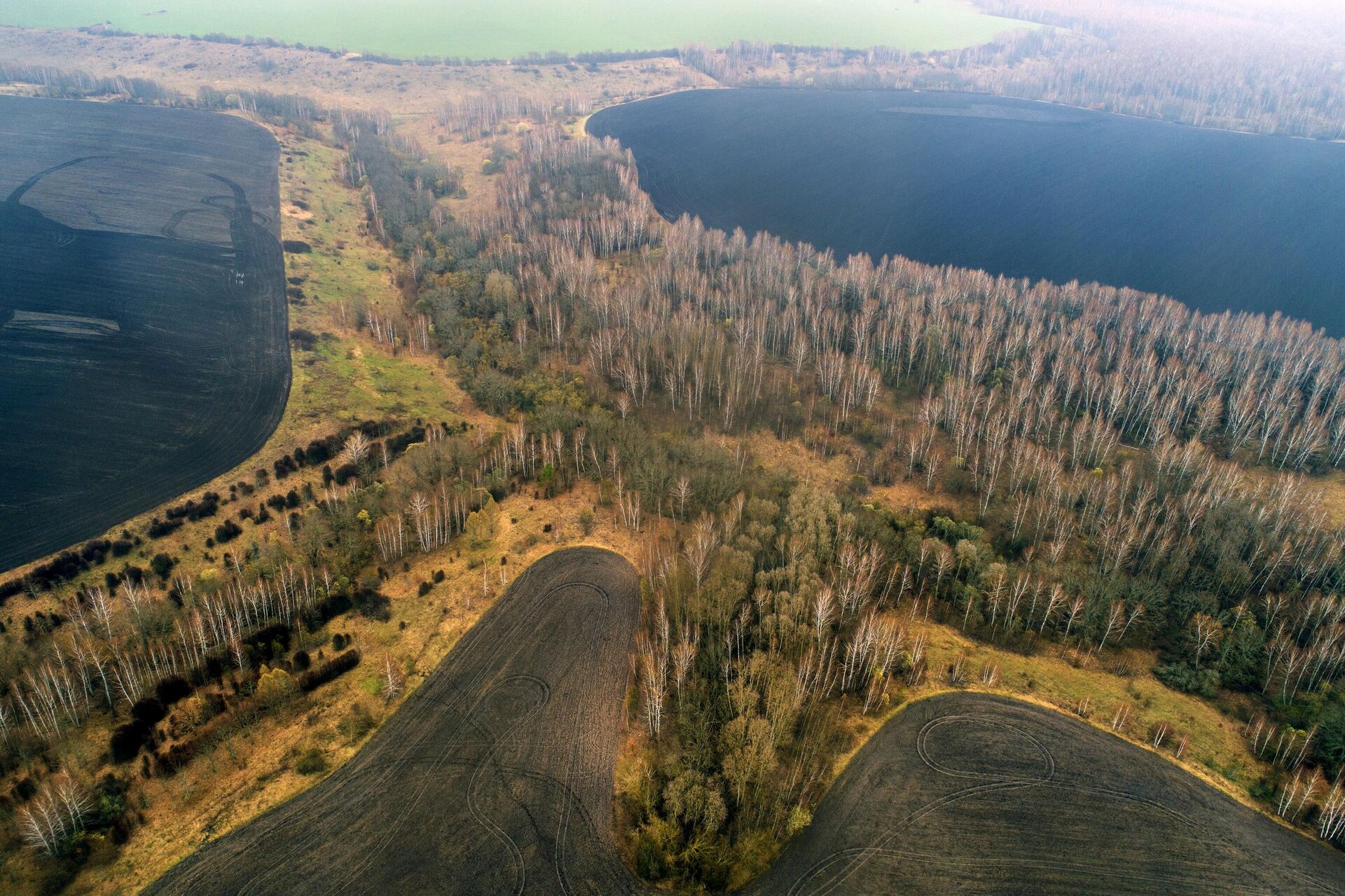
“In general, the organization of a trip to the Wild Lands of a Russian detachment of almost 13 thousand people, the work of the Russian guard service, which informed Sheremetev about all the movements of Devlet-Girey’s detachments in the steppe — this is an indicator that the Russian state was already able to actively respond to the threat from the south,” noted Oleg Radyush.
The defeat at Sudbischi stopped Devlet-Girey's raid and prevented him from defeating the Tula, Ryazan, and Moscow lands. An anonymous Turkish source mentions that “the evil Sheremet flogged many of the Khan’s warriors with fire and lead.” To reassemble the army, the Horde had to restore the mobilization reserve. For several years, the Horde’s campaigns in Muscovy stopped.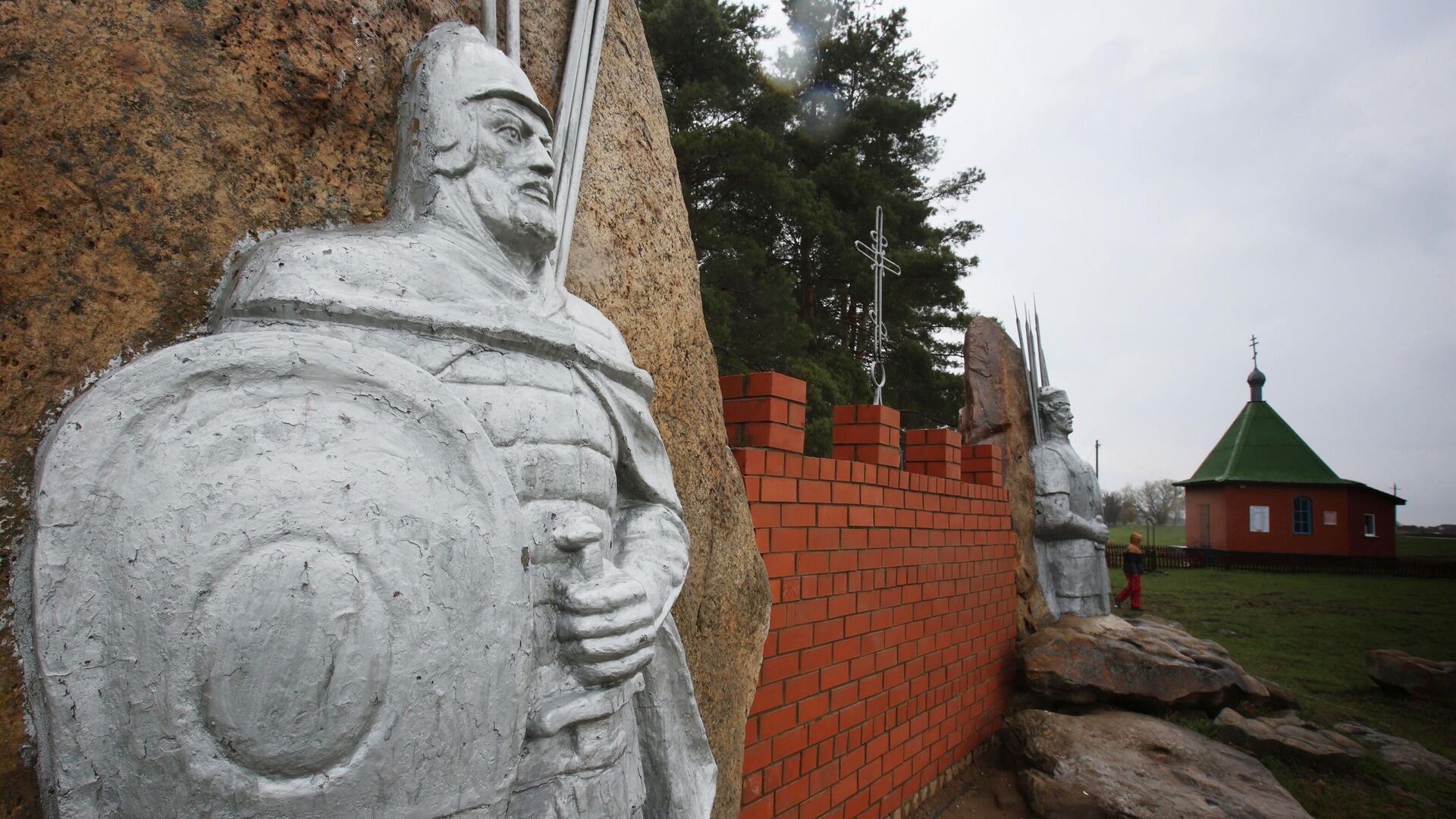
«After the Battle of Judgment, the active movement of Russian troops to the south begins, the restoration of old fortresses and the construction of new ones for defense against attacks by the Crimean Tatars and their allies from the Wild Field. Already in 1566, the Orel fortress was founded. By the end of the 16th century Russian fortresses appear in the Kursk region. The economic development of these lands will begin a little later, but military development, the construction of the frontier, and later, in the 17th century, the formation of the Belgorod Zasechnaya Line — these are all consequences, including the Battle of Sudbishchensky,” the historian concluded.


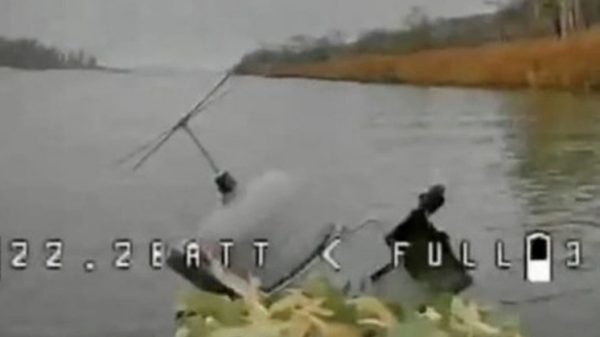




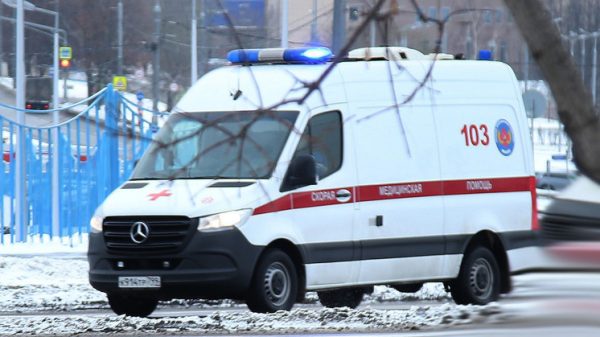

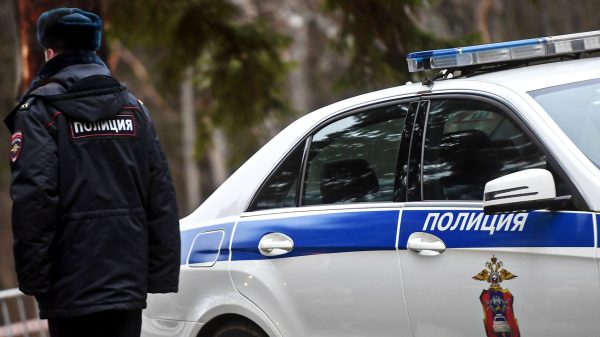
























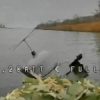























Свежие комментарии